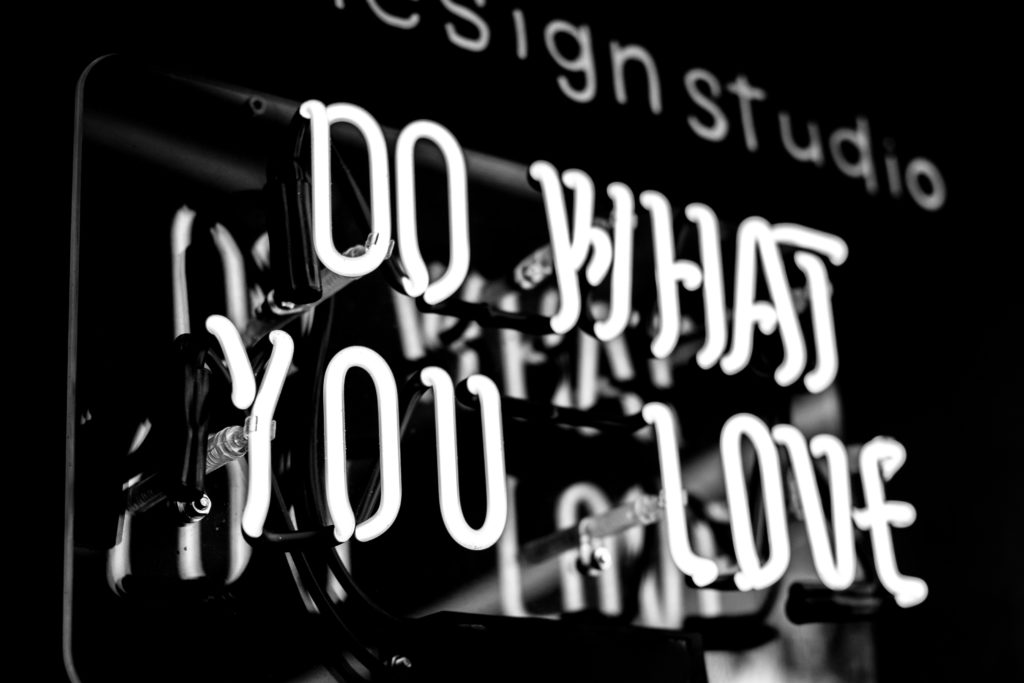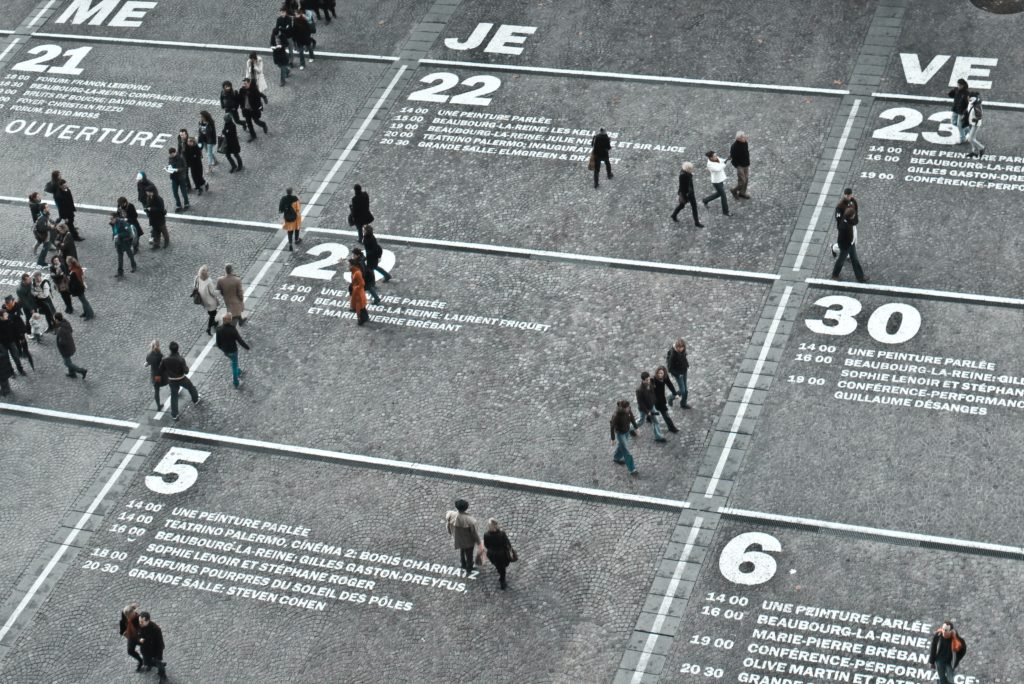
What Does a Strategic Planner Do?
Strategic Planner. Brand planner. Account Planner. Creative Strategist.
There are many names for the role we’ll be discussing here. And the details are different depending on the team. But one thing is certain: these professionals (we’ll call them Strategic Planners to keep things simple) are often a business’s guiding light.
From the word go, a great strategic planner can be the difference between chaos and order. Between unstructured work that leads to confusion—or a game-changing project that helps a company reinvigorate their business.
Innovative projects can be unwieldy. There are deadlines, stakeholders, budgets, and guidelines to juggle, as well as the added complication of maintaining creative integrity and balancing creative input from a variety of skilled professionals.
It’s enough to make anyone throw up their hands. And too often, a lack of planning allows those complicating factors to overwhelm the team and sink the whole endeavor.
Thank God We Have Strategic Planners
The Strategic Planner takes the business problem at hand, develops a brilliant insight, and comes up with the project brief. The make simplicity from complexity. They make order from chaos.
Sound simple? It’s incredibly valuable (and highly-skilled) work. The strategist is the bridge between the client and the creative team: the all-important communicator, researcher, and planner that matches complex problems to potential solutions. The quantitative and qualitative research they do leads to work that truly pushes the envelope—it’s the solid foundation that allows a creative team to make incredible leaps.
And by clarifying the project brief with the client, Strategic Planners ensure that what could be a complex and confusing affair instead has clear guidelines, clear strategy, and a clear objective. And finally, when things are all said and done, it’s the Strategic Planner (along with a client) who determines if the effort was a success.
Fundamentally, the Strategic Planner looks ahead and prepares for a far-off future…while ensuring the team is doing what needs to be done today. They are often skilled forecasters, researchers, communicators, and leaders. It’s a multi-faceted position.

Of course, as I said, there’s plenty of variation in the duties and responsibilities from one strategic planning role to the next. And even within the same role, not every day will look the same.
But what do they actually do? Here we’ll explore the life of a professional strategist…and what it takes to become one of the best.
Strategic Planning: Where It Starts

Some creative professionals are like artisans—they don’t get involved much until a project is very much underway, and their work is often an undertaking of painstaking individual effort with a clear start and a well-defined end.
The Strategic Planner is not one of those people.
Strategic Planning begins the second a client walks in the door.
It is also, naturally, an ongoing endeavor. But it’s in this first stage where many planners truly shine: in research and insights.
Good strategy takes into account all stakeholders, risk factors, and deliverables. The goal is to focus the energy of the creative team. If the planner does their job, the team’s priorities will reflect the most important aspects of the problem at hand.
To ensure that their strategies are rooted in proper fundamentals, most strategists are adept researchers. They will use their ability to conduct thorough research as a mechanism to give context for a given project. Rather than a team working in total isolation, it’s the responsibility of the strategic planner to ensure that their work takes place in relation to the efforts of competitors, researchers, stakeholders…even other teams within the organization.
Of course, the insights that guide a truly innovative planner might not be perfectly tangible. Their inspiration may come from an observation about the cultural zeitgeist: connections between pop-culture forces in film, music, technology, or any other field.
It’s creative alchemy: hard facts mixed with gut-feel. Whatever the resulting idea, the Strategic Planner’s role is to develop the kernel of inspiration into a full-blown strategy that guides how the creative team will get from Point A to Point B—and how they’ll know when they get there.
Strategic Planning and Communication

Winston Churchill had a thought on the power of planning: “However beautiful the strategy, you should occasionally measure the results.”
What was he getting at?
Many organizations fail to plan effectively. But an even more common failing is to put time and effort into the strategy…before falling down on the follow-through.
The Strategic Planner isn’t done when the strategy is, er, planned. They have a higher calling.
Communicating a strategy to the rank-and-file, to all stakeholders, is as important as building the strategy itself. A good team needs every team-member to row in the same direction. That can only happen if all parties agree with (and are inspired by) the direction they’re headed.
How do great strategic planners do it?
As noted by the Harvard Business Review, there are a few key principles to communicating strategy. At its heart, the message must be simple to grasp and compelling to those listening.
Strategic planners will often go to great lengths to ensure that their strategies appeal on a deep level to the teams that will execute them. There’s nothing that can truly replace the effectiveness of a team that is genuinely inspired to make change, with a profound connection to the topic at hand.
Hence, great strategic plans must be complex (to take all factors into account) and yet simple (to be accessible to all interested parties). They must drive participation from those who will be engaging with the work, with a balance of foreward-thinking inspiration and concrete what-can-we-do-today pragmatism.
Where Strategic Planners Work

Truth be told, most organizations could use a Strategic Planner. At MAD, though, our program focuses on some specific skills: marketing communication, product development, experiential marketing, branding, etc… As a result, many of our grads find themselves in roles at leading creative agencies (think McCann or Ogilvy) as well as high-end consumer brands (think Disney, Facebook, or Oracle).
The role of a strategist is often one of the more desirable positions in an organization. They have a big picture perspective on the overall vision of the team, and are often involved in some of the most exciting initiatives. They also work closely with key stakeholders including high-level decision-makers.
Are Strategic Planners the Creative MVPs?

Given the importance of their role, it’s not exactly surprising that Strategic Planners are in increasingly high demand.
And they are compensated well. Salaries range from the lower 50s to roughly $80,000. Good strategists may get their foot in the door in a junior strategy role, before quickly rising to take a position as Vice President of Strategy or Chief Marketing Officer.
Other potential job titles include:
Brand Strategist, Digital Marketing Strategist, Communications Manager, Account Executive, and Public Relations Manager
Qualifications for a Strategic Planner

Many organizations looking to hire a strategic planner will seek candidates with a bachelor’s degree at the very least. That being said, as in much of the creative industry, many hiring managers are waking up to the idea that great candidates may not have a degree. In that case, the second most important factor is work experience and a compelling portfolio.
Unfortunately, the Strategic Planning world can be somewhat insulated from outsiders.
Historically, it’s been an industry where young, striving professionals were required to find a mentor willing to teach them everything they know, and advocate for their career.
Slowly, slowly, that’s changing. Programs like the Miami Ad School Strategic Planning Boot Camp are opening the doors for non-insiders by introducing them early to a variety of experts in the field, building their networks and making the process of finding a mentor no longer a game of a chance.
Miami Ad School Can Help You Become A Strategic Planner—Soon

If you love to people watch, nerd out over big data, and hate to take no for an answer, you just might be a strategist. With your knack for research, natural sense of curiosity, and a touch of stubbornness, you are the ultimate problem solver. Not only do you have the unique ability to analyze any client request and transform it into a coherent brief, but you’re also a key player when it comes to shaping a brand’s identity.
Strategists are at the heart of today’s creative work. They transform the discombobulation of random creative work into streamlined processes. The results are unbelievable projects that can help make the world a better place to be.
Of course, it’s important and joyful work…but it also takes serious skill to do well. So how do you get good enough to do really incredible work?
You need real-world practice. At MAD, we don’t believe in textbooks or exams. Our programs are all about exciting creative projects, real-world learning and one-of a kind practical experiences. No matter your level of experience, at MAD you’ll work on real-world designs for brands like Microsoft, Coke, and Burger King. Maybe that’s why our students have won 1,000+ industry awards.
And of course, at MAD the fun starts from day 1. We help you build the skills, portfolio, and industry connections you need to find a job you really love. We push our students to excel—and the things they achieve are worth it.



